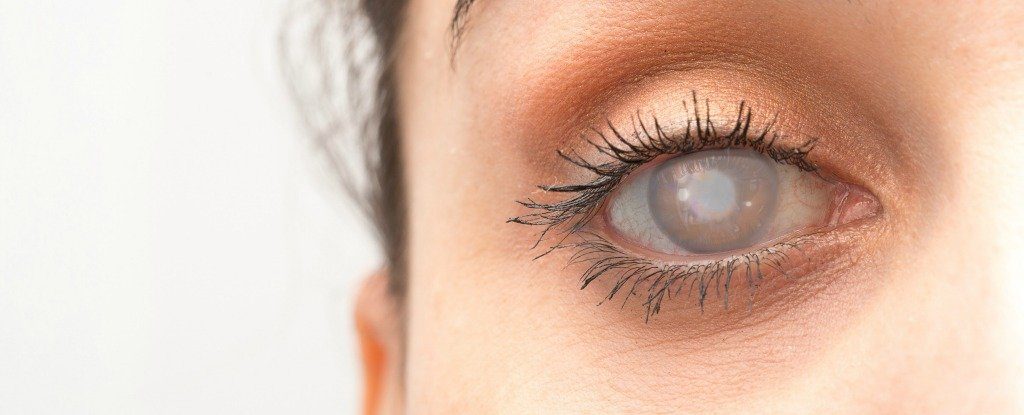Unexpected transfer
Gene therapy using adeno-associated viral (AAV) vectors is a promising strategy for monogenic blinding diseases. Leber hereditary optic neuropathy (LHON) is caused by mutations in mitochondrial DNA (mtDNA), and a recombinant AAV, rAAV2/2-ND4, has shown therapeutic effects in a mouse model of LHON. Yu-Wai-Man et al. carried out a phase 3 clinical trial in 37 subjects with LHON bearing a MT–ND4 mutation. Although only one eye in each subject was treated, the authors reported sustained vision improvement in both eyes. Investigative analysis in nonhuman primates showed evidence of viral vector DNA transfer from the injected to the contralateral eye.
Abstract
REVERSE is a randomized, double-masked, sham-controlled, multicenter, phase 3 clinical trial that evaluated the efficacy of a single intravitreal injection of rAAV2/2-ND4 in subjects with visual loss from Leber hereditary optic neuropathy (LHON). A total of 37 subjects carrying the m.11778G>A (MT-ND4) mutation and with duration of vision loss between 6 to 12 months were treated. Each subject’s right eye was randomly assigned in a 1:1 ratio to treatment with rAAV2/2-ND4 (GS010) or sham injection. The left eye received the treatment not allocated to the right eye. Unexpectedly, sustained visual improvement was observed in both eyes over the 96-week follow-up period. At week 96, rAAV2/2-ND4–treated eyes showed a mean improvement in best-corrected visual acuity (BCVA) of −0.308 LogMAR (+15 ETDRS letters). A mean improvement of −0.259 LogMAR (+13 ETDRS letters) was observed in the sham-treated eyes. Consequently, the primary end point, defined as the difference in the change in BCVA from baseline to week 48 between the two treatment groups, was not met (P = 0.894). At week 96, 25 subjects (68%) had a clinically relevant recovery in BCVA from baseline in at least one eye, and 29 subjects (78%) had an improvement in vision in both eyes. A nonhuman primate study was conducted to investigate this bilateral improvement. Evidence of transfer of viral vector DNA from the injected eye to the anterior segment, retina, and optic nerve of the contralateral noninjected eye supports a plausible mechanistic explanation for the unexpected bilateral improvement in visual function after unilateral injection.







